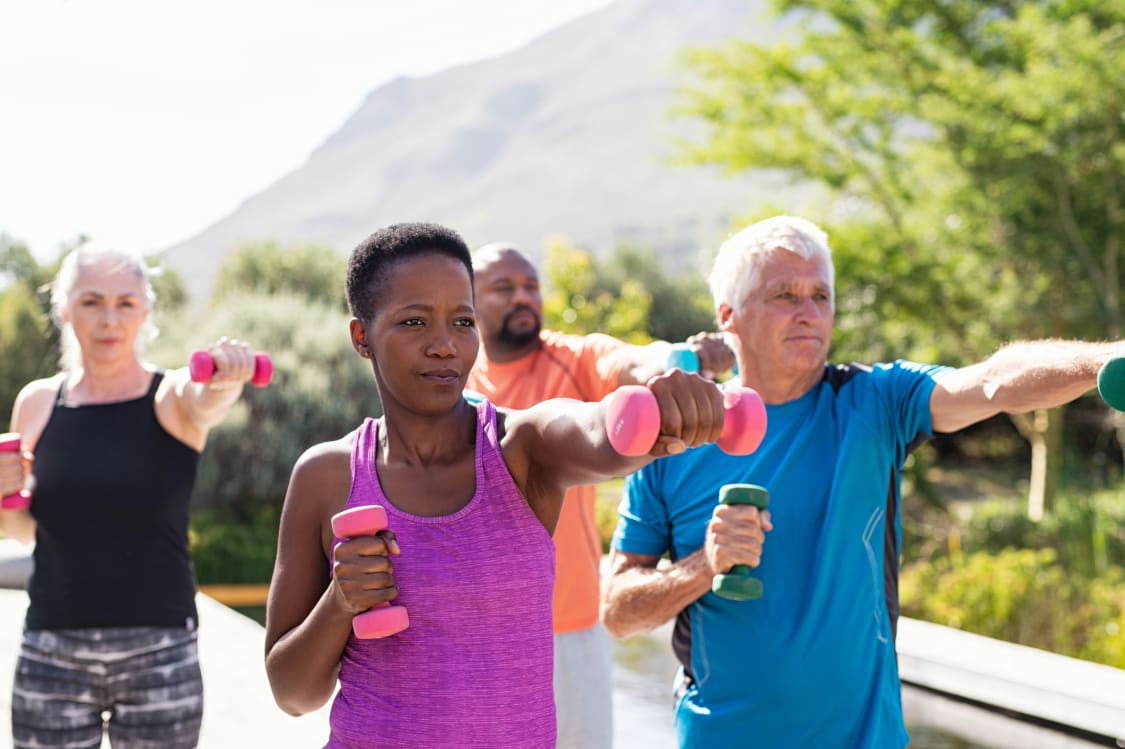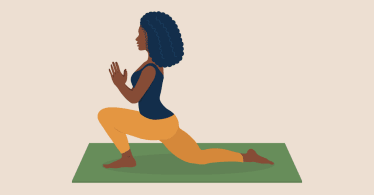We are an ever-ageing population; over the past five decades, the number of over-65s has tripled globally (1). As we grow older, our body undergoes a number of changes, both physiologically and neurologically. It is important that we are aware of and understand the process of ageing, so that we are able to adapt our lifestyle and exercise habits to maintain a high quality of life.

What happens when we age?
The key changes we experience are in our nervous system, our cognitive abilities, and our musculoskeletal system.
Our brain’s capacity to communicate and efficiently transmit signals reduces over time, leading to a loss of brain function; unsurprisingly, this is the biggest fear amongst the elderly (2). Such decline can result in neurodegenerative conditions such as Alzheimer’s and Parkinson’s disease.
Our overall cognitive function, such as processing speed, memory, and senses, also progressively declines. Cognitive decline or impairment may increase our risk of injury, reduce our ability to function in daily life, and increase our overall risk of mortality (2).
Finally, there are three key musculoskeletal changes that occur: a decrease in bone mass, a decrease in muscle mass (known as sarcopenia), and an increase in fat mass. The decline in muscle mass and muscular strength increases our frailty, our risk of fractures, and a loss of both our independence and our quality of life. Reduced bone mass increases the risk of osteoporosis and fractures. The combination of smaller, weaker muscles and reduced bone mass increases our risk of falling, fracture incidence, and a decline in our ability to live independently. These consequences are likely a combination of both ageing and a less active lifestyle as we age; indeed, inactive individuals seem to deteriorate far more quickly than active individuals (2).
It is therefore important to consider whether increasing our activity levels could slow these physical and cognitive declines, and whether we should focus on certain types of exercise as we grow older.

Can exercise help?
The good news is that exercise does seem to meaningfully impact these outcomes, even if you have previously been inactive, frail, or suffering from sarcopenia (1).
Whilst staying active overall has been shown to reduce the risk of chronic diseases (such as heart attacks and type 2 diabetes), studies indicate that resistance (weight-bearing) exercise provides the most benefits to us as we age (1). Resistance training appears to be protective against osteoporosis, sarcopenia, and chronic diseases, as well as positive effects on insulin resistance, glucose metabolism, and body fat – even with as little as two 20-minute bouts of training per week (1).
Meditative exercise types, such as Thai Chi and yoga, also appear to have greater health benefits for older adults compared to typical aerobic exercise (such as walking, running, and cycling) (1). This may be that these exercise types are more suited to older individuals, and the mindful nature of the exercise may help improve balance, coordination, and cognitive function.
Exercise recommendations
The current World Health Organisation guideline for older adults is at least 150 minutes of moderate aerobic exercise or 75 minutes of vigorous aerobic exercise per week, performed in bouts of at least 10 minutes (3). In addition, balance or strength training should be performed at least three times a week, to reap all of the aforementioned benefits (3).
In practice, this may be five 30-minute walks in a week, with three dedicated weight-training sessions, such as a fitness class or a gym session.
We recognise that this might seem daunting at first, but there is no need to worry, as you can start to achieve these health benefits simply by standing more and sitting less (1). Take your time, build slowly, and your body and mind will thank you for it.
Check out the exercise area for our workouts and classes!
References
- Di Lorito C, Long A, Bryne A, Harwood RH, Gladman JRF, Schneider S, Logan P, Bosco A, & van der Wardt V. (2021). Exercise interventions for older adults: a systematic review of meta-analyses. Journal of Sport & Health Science, 10(1): 29-47.
- Amarya S, Singh K, & Sabharwal M. (2018). Ageing process and physiological changes. Gerontology, IntechOpen, London. 10.5772/intechopen.76249.
- World Health Organisation. (2020). Physical activity. Available: https://www.who.int/news-room/fact-sheets/detail/physical-activity. Last accessed 14th April 2022.







